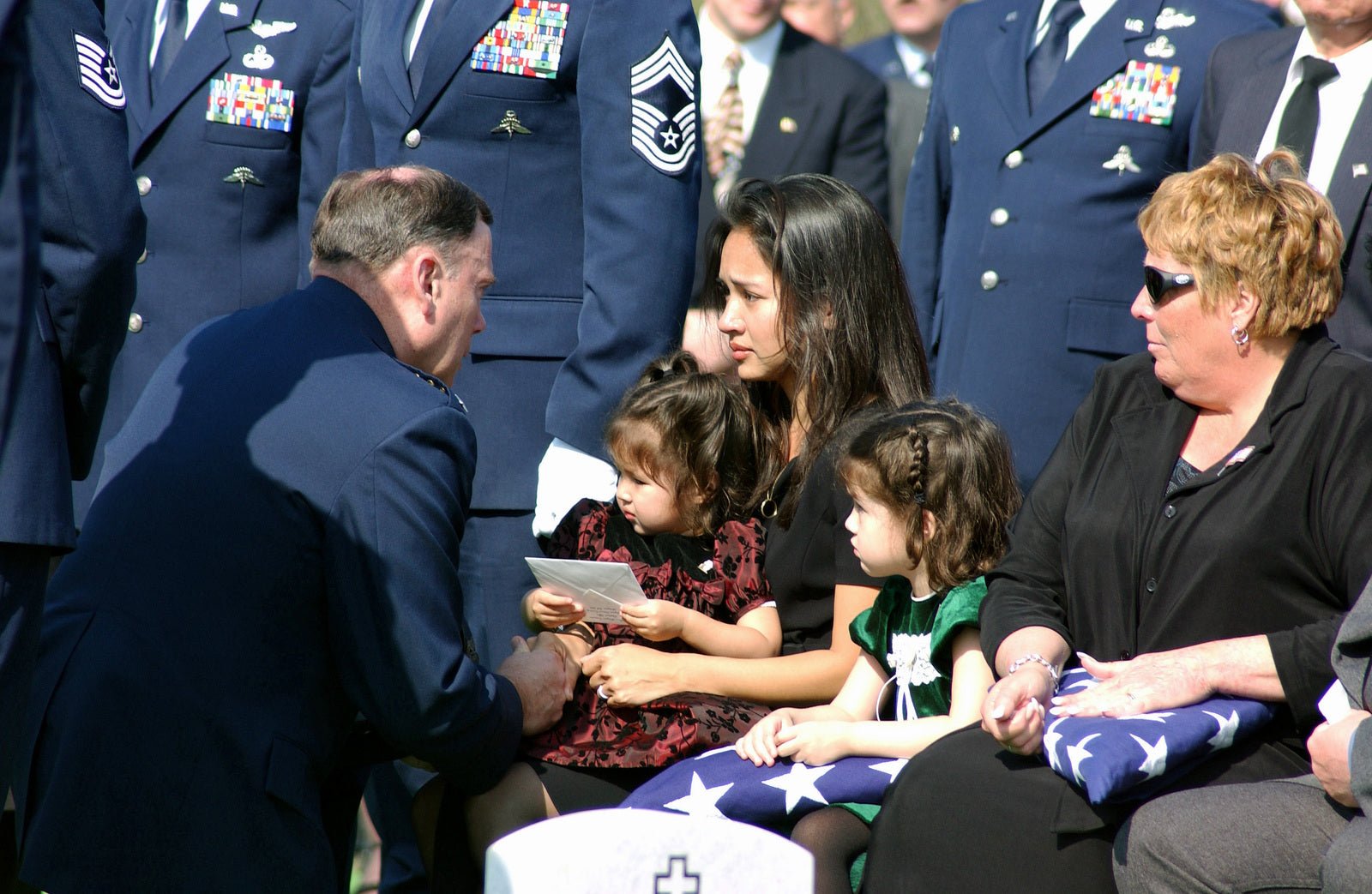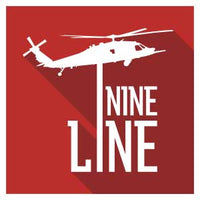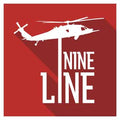Roberts Ridge Memorial: Air Force Senior Airman Jason D. Cunningham

Twenty-six-year-old Jason Cunningham had only been a pararescue jumper for eight months when he flew out for his first combat mission. It was also to be his last.
Air Force Senior Airman Jason D. Cunningham was one of seven American troops who made the ultimate sacrifice on a snowy, forbidding mountain top in eastern Afghanistan call Takhur Ghar.
In the dark, early hours of March 4, an MH-47E Chinook helicopter code-named “Razor 3,” headed to the mountain top.
In the chopper were a handful of Navy SEALs who were tasked with setting up an observation point where they could observe a series of cave complexes hiding al-Qaida fighters.
But as soon as the pilot from the 160th Special Operations Aviation Regiment attempted to land, his bird was hit with enemy machine gun and rocket-propelled fire severing vital hydraulic lines. The pilot jerked the helicopter up and away to escape, but in the chaos, one of the SEALs — Petty Officer 1st Class Neil Roberts — had fallen out of the helicopter.
But the chopper was gone, limping north about four miles to a safer valley landing.
Forty-five minutes later, another MH-47E — “Razor 4” — was on its way back to the mountain, with a team of special operators sent to rescue Roberts.
Meanwhile, Bagram leaders ordered the launch of a quick reaction force consisting of two more MH-47s — “Razor 1” and “Razor 2” . On board Razor 1 were about 15 Rangers, as well as an Air Force enlisted tactical air controller, or ETAC, an Air Force special operations combat controller a pair of Air Force combat search- and-rescue pararescue jumpers, one of whom was Jason Cunningham, on his very first combat mission.
Back on the mountain, the al-Qaida fighters had executed Roberts, and the SEALs’ rescue mission had become a desperate fight for their own lives.
By the time Razor 1 approached the mountain top, the sun was rising and any advantages of surprise and darkness were gone. As soon as the helicopter attempted to land, it was hit with heavy machine gun, Kalashnikov and grenade fire. The tail rotor was hit, and both pilots were wounded. The Chinook crash-landed but miraculously no one was seriously hurt in the landing.
However, it was so dangerous, Razor 2 evacuated without even attempting to land.
By now Razor 1, with the troops inside, was taking heavy fire. Rangers ran off the back ramp into the hail of fire and two or three dropped immediately. The left door gunner was hit.
But Jason Cunningham was just getting started. In the back of a helicopter, on top of an icy mountain, and under constant fire, he went to work saving lives.
As Jason and the 160th medic worked inside to staunch their buddies’ bleeding, the enemy fire increased.
And then the helicopter caught fire.
About four hours after the helicopter hit the ground, Jason decided the cargo compartment had become too dangerous. Using a small sled-like device, he dragged the wounded troops to a safer spot away from the aircraft. He had to cross the line of enemy fire seven times.
Enemy movements forced Jason and the 160th medic to move their patients two more times, each time exposing themselves to enemy fire. It was on this last move that the 160th medic was shot. Shortly thereafter, Jason was hit just below his body armor. It wasn’t a fatal shot, but he had serious internal injuries and was in grave danger of bleeding out.
He must have known he was in serious trouble. But despite his worsening condition, Jason continued to treat patients and advise others on how to care for the critically wounded.
The location was still too dangerous to send in help. Jason’s survival chances slipped away.
Seven hours after he was hit, the other medics began to perform CPR, but after 30 minutes, it was clear nothing more could be done. At about 8 p.m. on March 4, Jason Cunningham became the first pararescue jumper to die in combat since the Vietnam War.
For his actions, Jason received the Air Force Cross, an award second only to the Medal of Honor.
His citation says, “Even after he was mortally wounded and quickly deteriorating, he continued to direct patient movement and transferred care to another medic. In the end, his distinct efforts led to the successful delivery of ten gravely wounded Americans to life-saving medical treatment.”
One of his colleagues put it another way. “He was right in the thick of it, doing it right up to the end. Jason was right where every PJ wants to be. He was where guys needed him, and he was saving lives.”





Thank you Jason
Why only the AF Cross. Based on all that was said he should have gotten the MOH.
May you Rest in Peace Hero, God give this Hero’s family peace and comfort as only you can. Thank you sir for your service and ultimate sacrifice!!!!
Leave a comment